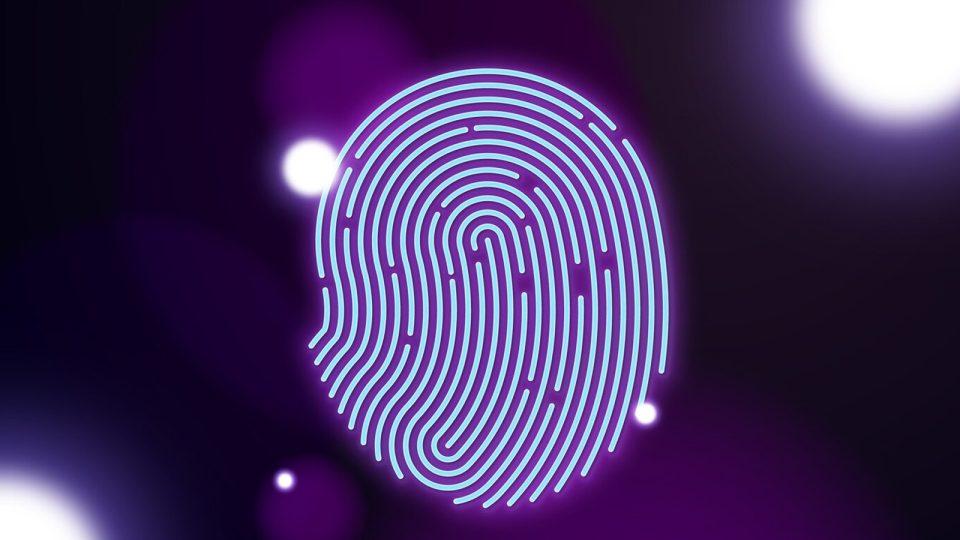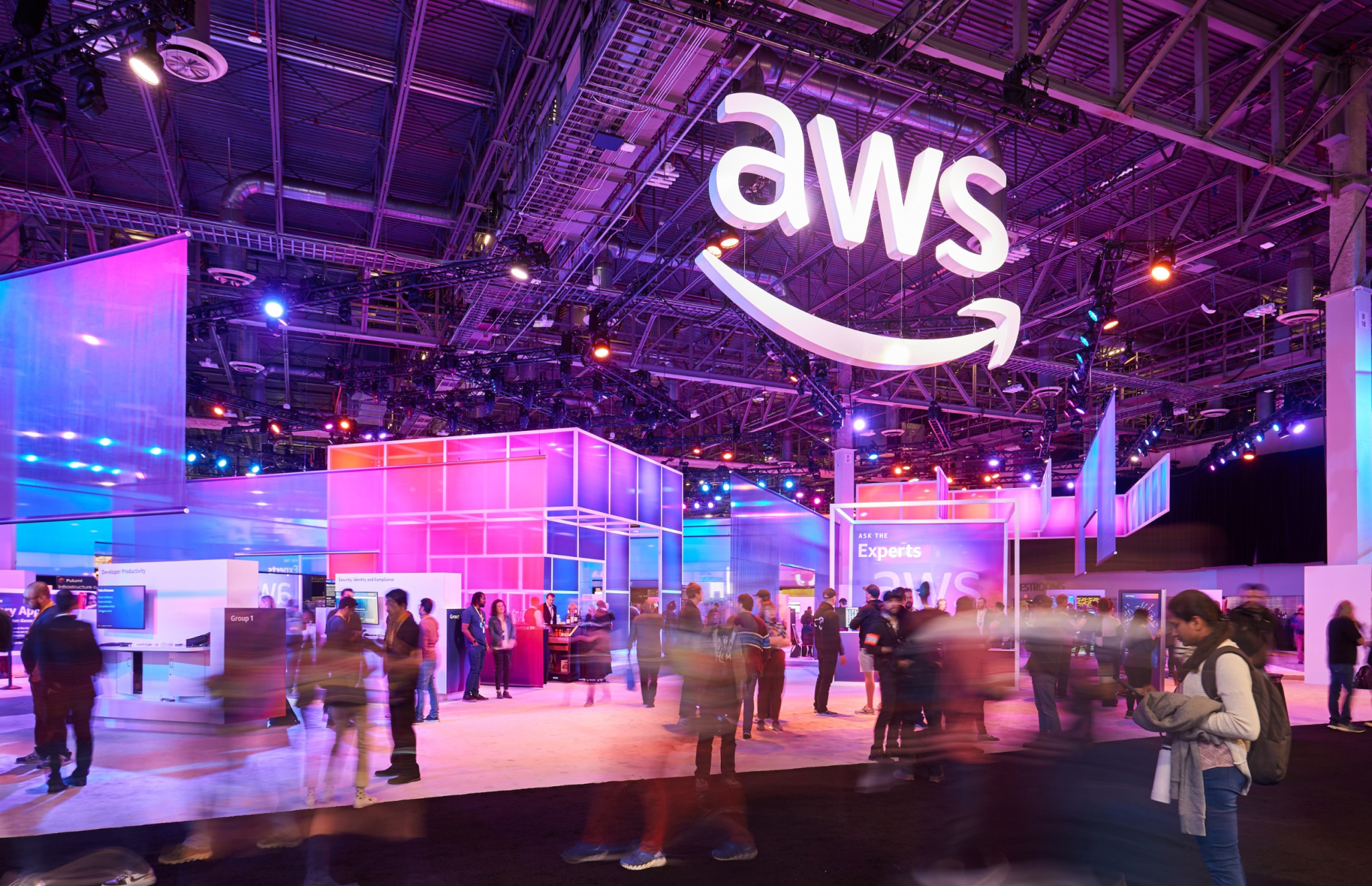The recent ransomware attack targeting Blue Yonder, a key software provider for Starbucks and grocery stores, highlights significant vulnerabilities in the supply chain’s digital infrastructure. Blue Yonder, which manages inventory and fulfillment operations, was at the center of a breach that disrupted services for several high-profile clients. The implications of this attack extend beyond mere operational delays. It underscores a growing trend of cyberattacks exploiting the supply chain to cause widespread disruption and leverage ransom payments.
The Anatomy of the Attack
Ransomware groups increasingly target third-party providers like Blue Yonder because of their extensive networks and critical role in logistics. Disrupting operations here creates a ripple effect, impacting multiple organizations dependent on their services. In this case, grocery chains and Starbucks locations faced inventory management challenges, causing delays in deliveries and shortages on shelves.
The Supply Chain’s Growing Digital Weaknesses
This attack is a reminder of the vulnerabilities in the food and retail industries, which rely heavily on integrated IT and operational technology systems. As these sectors adopt automation and IoT-enabled processes, they inadvertently expand the attack surface for cybercriminals. For example:
- Interconnected Systems: With more businesses using automated inventory management tools, a single breach can cascade across the network.
- Critical Dependencies: Perishable goods’ time sensitivity makes organizations more likely to pay a ransom to resume operations quickly.
- Limited Cyber Defenses: Smaller players in the supply chain often lack robust cybersecurity frameworks, making them soft targets for attackers.
Lessons and Proactive Measures
The Starbucks-Blue Yonder incident offers critical lessons for securing supply chains:
- Risk Assessments: Regular audits of third-party suppliers’ cybersecurity practices can help identify vulnerabilities before they are exploited.
- Resiliency Plans: Companies must develop contingency plans to mitigate service disruptions during cyber incidents.
- Zero Trust Architecture: Adopting zero-trust models ensures that no entity, internal or external, has unrestricted access without verification.
- Public-Private Collaboration: Greater coordination between industries and governments can improve information sharing and bolster defenses.
As attacks on the supply chain become more frequent and sophisticated, organizations must prioritize proactive cybersecurity strategies to protect not only their operations but also the customers who rely on them.
For more details on this incident, you can explore the full coverage on SecurityWeek here.


